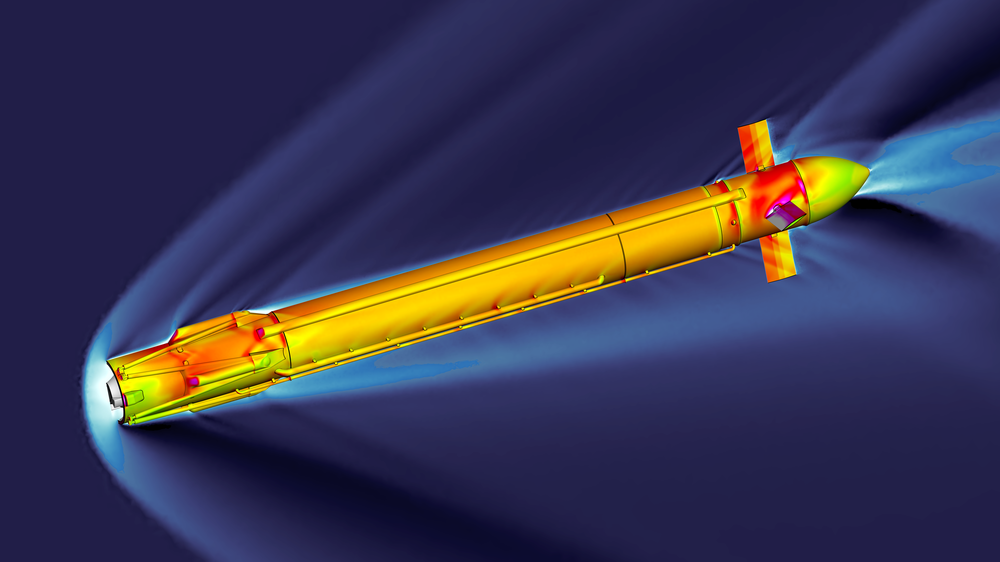Horizontal vs vertical landing – a comparison



For years, the German Aerospace Center (Deutsches Zentrum für Luft- und Raumfahrt; DLR) has researched various concepts aimed at making rockets reusable. Instead of treating rockets as disposable, at least parts of the rocket, such as the first stage, should be able to land and be re-flown multiple times. This shift is crucial for making space transport more resource-efficient, climate-compatible and cost-effective. For this, two primary approaches are being explored: horizontal and vertical landing. Horizontal landing, simply put, involves the use of aerodynamic wing structures to slow the rocket stage as it falls back to Earth, allowing it to transition into horizontal flight and land similarly to an aircraft. Vertical landing, by contrast, uses additional fuel to generate counterthrust, slowing the descent of the rocket and enabling a controlled vertical landing.
Elon Musk's SpaceX company launches both cargo and crew into Earth orbit multiple times a week with the Falcon 9 and Falcon Heavy rockets, and now regularly lands the first stage or booster. Musk opted for vertical landing, and it is successful in that some of his rockets can be reused. Nevertheless, research continues across all approaches, as both methods come with distinct advantages and disadvantages. As a general rule, any approach for reusable rocket stages push the materials to their structural and thermal limits, invariably leading to increased launcher mass.
Reusability requires greater weight and complexity
When comparing horizontal and vertical landing, the methods for recovery differ significantly. In the case of vertical landing, the reusable variant closely resembles a conventional rocket on the outside, with only minor additions such as small control surfaces and landing legs. In contrast, landing horizontally requires sufficiently large wings, aerodynamic control surfaces, landing gear and – if necessary – additional aircraft engines. Here, deceleration is achieved entirely through aerodynamic forces. This configuration is more complex, expensive and heavier than traditional 'disposable' stages due to the addition of wings, flaps and thermal protection, all of which reduce the rocket's maximum payload capacity.

On the other hand, vertical landing systems require rocket engines that can be reignited multiple times during flight and that can be throttled over a wide range. This capability is crucial for ensuring a soft touchdown during a vertical landing. However, such systems require significantly more fuel, with up to 15 percent of the first stage's total fuel mass reserved for landing, reducing the rocket's payload capacity.
The primary goal of any rocket is to deliver as much payload mass into space as possible. Therefore, the launch vehicle itself must be as light as possible, including the total mass of all structural components and propellants required for the launch and the return flight. Both horizontal and vertical landing techniques result in an increased mass of the launch vehicle. Therefore, mass alone is not a decisive factor when choosing between these two systems.
Landing technologies differ in their operational and climate impact
Vertical landing at sea requires a platform to be placed 500 to 1500 kilometres offshore before take-off. The logistical complexity can be reduced if the rocket returns back to the launch site, however this approach requires significantly more fuel – meaning such a return is only feasible for missions with relatively small payloads.
While winged systems for horizontal landing can autonomously return to their launch site using aircraft engines, the 'in-air capture' gliding return system is a concept without additional propulsion. This requires a specially equipped towing aircraft to be deployed to the capture zone in advance, which introduces another element with a potential impact on the climate. Is this a deal-breaker? Not necessarily. Studies suggest that the effects of burnt fuel are particularly significant for global warming in the upper atmosphere – precisely where vertically-landing rockets ignite their engines during deceleration manoeuvres, presenting a clear disadvantage for this method. In this context, the use of a tow plane does not necessarily represent a critical drawback in terms of overall climate impact. Notably, emissions from an aircraft are significantly lower than those from a rocket. What's more, they fly below the stratosphere so do not form contrails, which have a demonstrable impact on the climate.
All approaches have their advantages and disadvantages, which is why DLR continues to explore horizontal and vertical reuse concepts in detail. The basics of vertical landing have been researched in the RETALT project and are being implemented in the CALLISTO and SALTO flight demonstrators. In the ReFEx project, on the other hand, a flight demonstrator with a horizontal landing configuration is being investigated, while the FALCon project is developing a solution for 'winged return flight' without propulsion – the innovative in-air capture approach. With LUMEN demonstrator, an important step has been taken on the path to the 'virtual engine', while also being used to research AI-based engine control and safety management, which will be required for future reusable rocket engines.
A key goal of reusable systems is to reduce launch costs. But after how many launches do they become more cost-effective than conventional 'disposable' stages? In 2024, the DLR Institute of Space Systems in Bremen conducted a cost analysis across various payload scenarios and found that reusable stages become more economical than non-reusable stages after as few as three launches per year. This assessment includes not only the ongoing launch costs but also accounts for the development costs associated with reusable systems.
